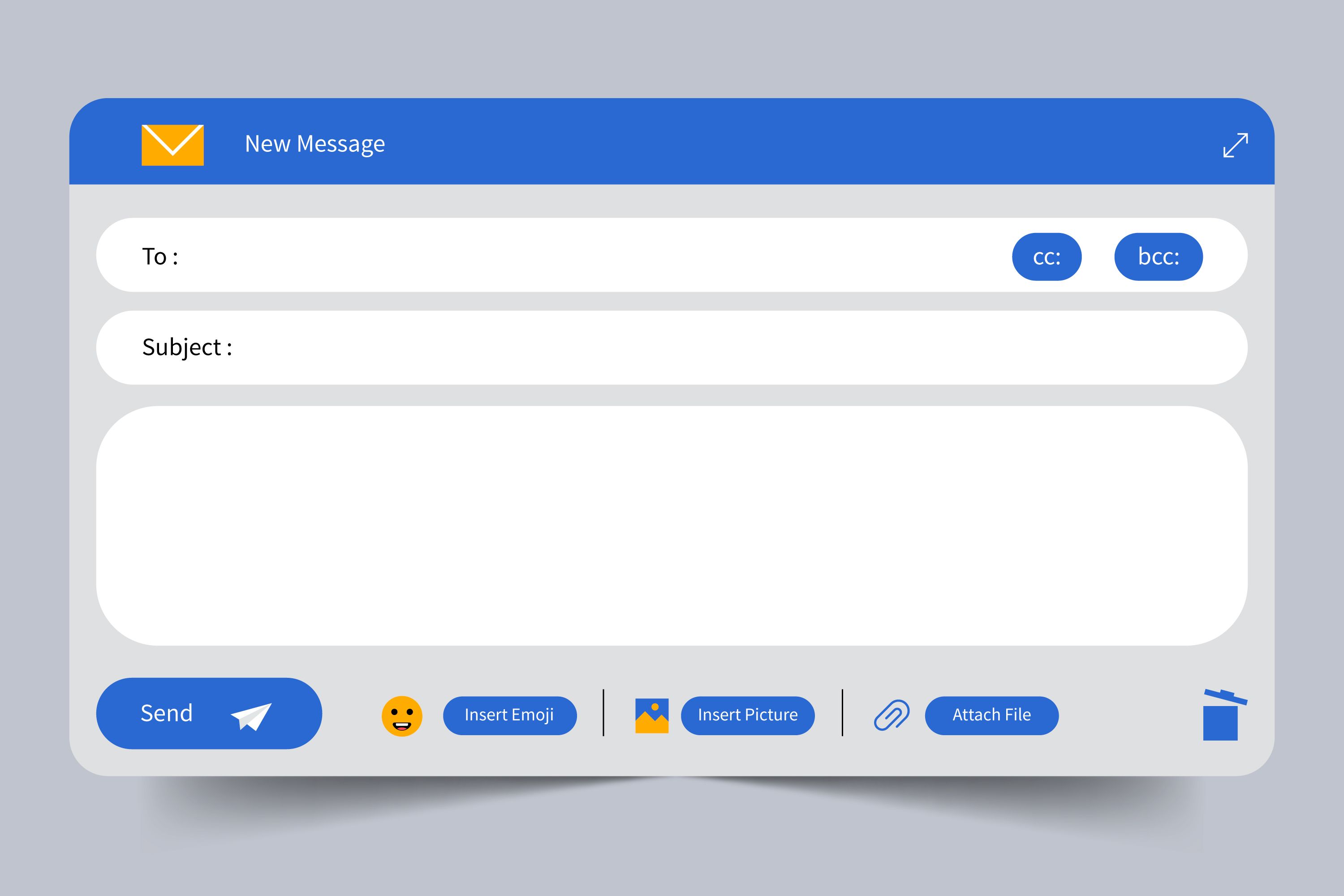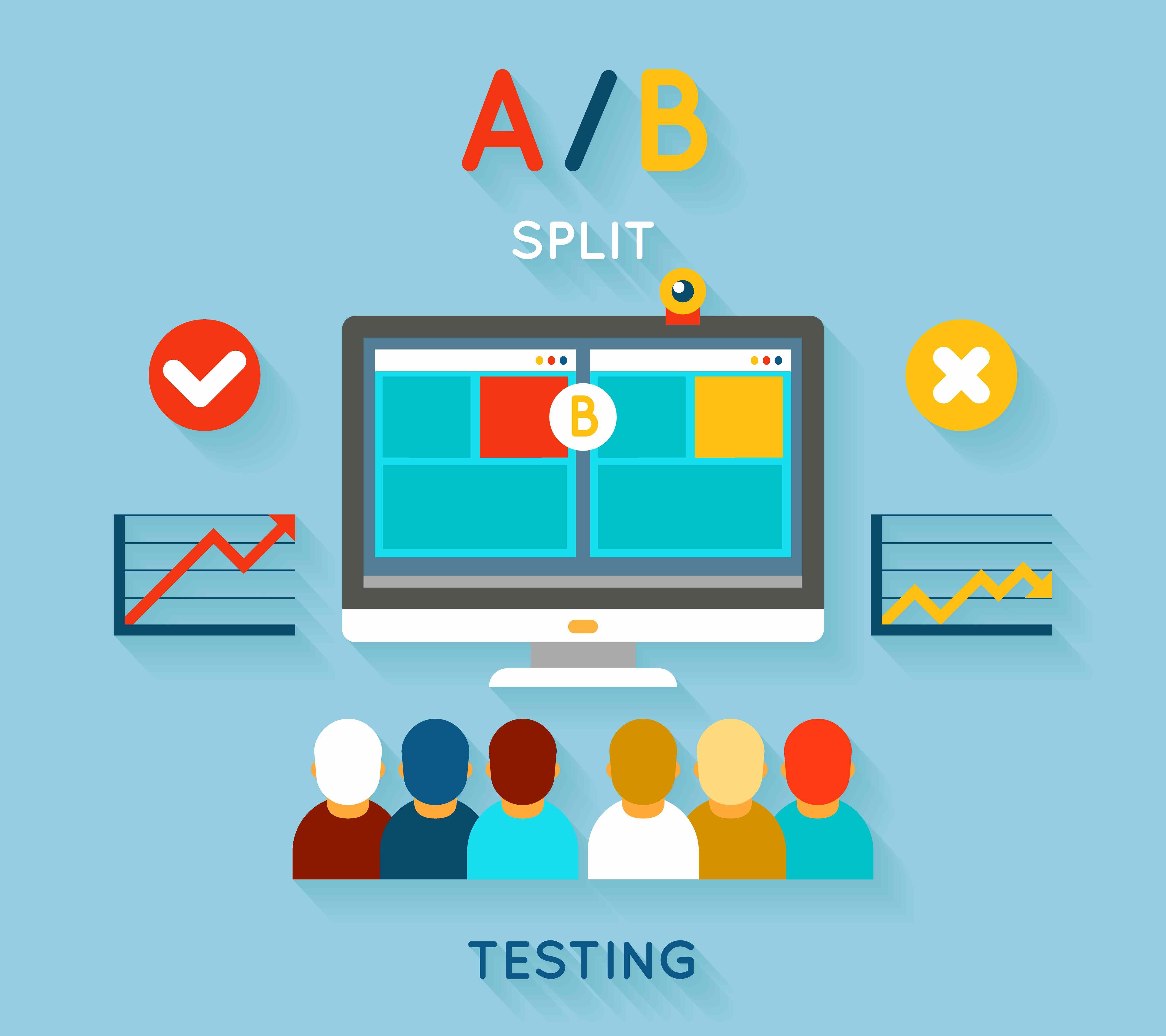
Automation Testing is revolutionizing the way software testing is conducted, making it faster, more reliable, and cost-effective. Unlike Manual Testing, which relies on human effort, Automation Testing uses software tools to execute test cases automatically. This guide covers everything you need to know about automation testing, its types, key benefits, and the best practices to follow in 2024.
Automation Testing is a software testing method where automated scripts and tools are used to execute test cases and compare actual results with expected outcomes. It is ideal for repetitive testing, regression testing, and large projects where manual testing would be time-consuming.
Automation Testing offers several advantages over manual testing, making it a preferred choice for many development teams:
For projects where a human perspective is necessary, check out our detailed article on Manual Testing to understand when a manual approach is more suitable.
Understanding the different types of automation testing can help you choose the right approach for your project:
Unit Testing: Tests individual components or functions of the software. It’s often the first level of testing in the development process.
Integration Testing: Ensures that different modules or services work well together, identifying issues in the interfaces between components.
End-to-End Testing: Simulates real user scenarios to validate the entire system’s workflow, ensuring that all integrated parts function as expected.
Performance Testing: Evaluates the software's speed, responsiveness, and stability under various conditions, including stress and load tests.
Regression Testing: Confirms that new code changes have not adversely affected existing functionalities.
Choosing the right tool is crucial for the success of automation testing. Here are some of the best tools available in 2024:
To get the most out of automation testing, follow these best practices:
While Automation Testing is excellent for speed, accuracy, and handling large-scale testing, it may not be suitable for all scenarios. Manual Testing is often better for ad-hoc and exploratory testing where a human touch is needed. For a more in-depth comparison, explore our article on Manual Testing.
Automation Testing is an essential component of modern software development, enabling teams to deliver high-quality software faster and more efficiently. By choosing the right tools and following best practices, you can leverage automation to enhance your testing process. To complement your automation strategy, consider when Manual Testing might be more suitable, and build a balanced testing approach for your projects.





